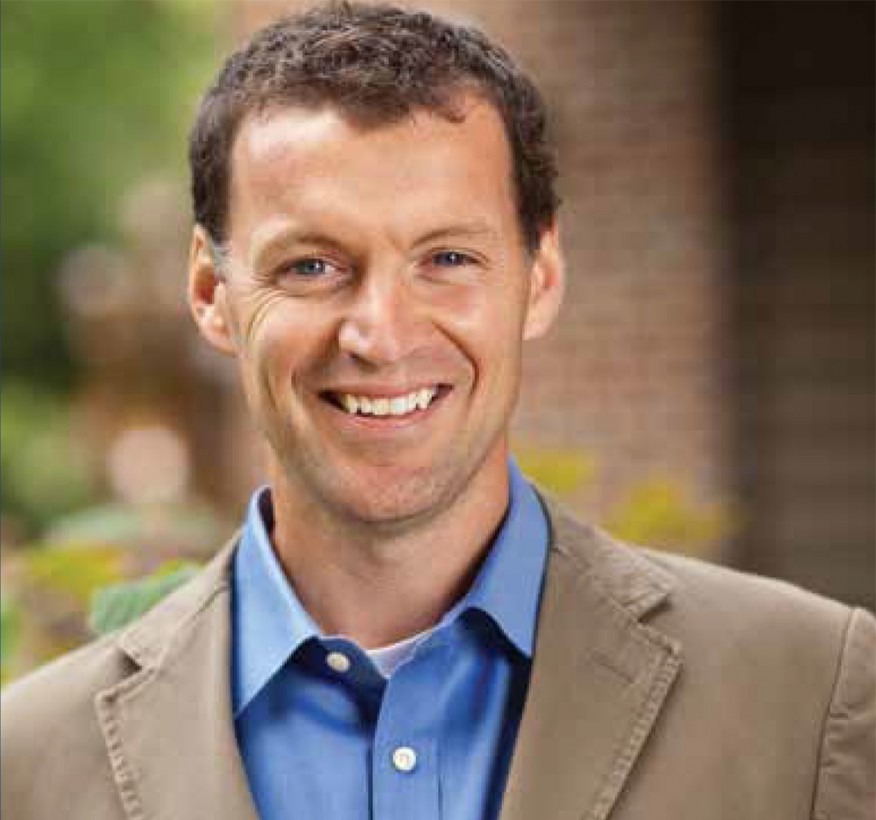Big Data refers to the collection and analysis of large complex data systems.
In 2012 the White House announced the Big Data Research and Development Initiative as a means to solving government problems. Today, researchers at the University of Michigan’s School of Social Work are using a similar approach to help support children and families associated with foster care and juvenile justice systems.
“Using evidence to help inform policy and practice decisions on the ground is the best approach to help children and families in the foster care and juvenile justice systems,” said Associate Professor Joseph Ryan, MSW ’96. “Unfortunately, analysis of existing evidence is complicated because the data are often collected and managed by distinct organizations with distinct missions. Privacy concerns also limit data sharing. The end result is silos of critical data.”
Hopefully that’s about to change as data sharing becomes a focus for one of Ryan’s newest partnerships with the state of Michigan. The goal of this endeavor is to better understand how children and families move through the social service systems in a way that helps the state plan for the future.
More often than not, data are analyzed as point-intime estimates. This is useful in understanding how many youth exit the foster care system and return home or documenting how many adolescents are picked up on probation violations. In order to understand the variation in these events, such as which youth are most likely to return home, it’s important to link up individual data and stretch it out over time to create longitudinal files for analysis. An emphasis of understanding is not only how many youth experience certain events or achieve specific milestones, but also understanding how these events vary across populations. This information is critical for targeting new interventions and developing effective and efficient policies and practices in the field.
“Many times the child is temporarily removed from an abusive or neglectful home, the family is provided services and the child is reunified with the biological parents,” Ryan explained. “For some children, the system works pretty well, but for others, they come into care…and for a variety of factors, they remain in care for long periods of time. Developing and using a data archive can help agency partners figure which children are getting stuck in the system.”
According to Ryan, the data can also be used to help identify which interventions are most successful in achieving desirable outcomes.
“We want to help the state of Michigan harness the power of data associated with youth in the foster care, juvenile justice and education [public school] systems,” Ryan said. “We need to dismantle the silo approach, share data across systems so that we can better understand how children and families move through systems. It’s reasonable to think that an adolescent’s involvement with the juvenile justice system might have an impact on his or her current foster care placement. Or that moving between foster homes might have an impact on how well a ten-year-old foster girl does in school. Without sharing data, we remain in the dark about these related events.”
We want to help the state of Michigan harness the power of data associated with youth in the foster care, juvenile justice and education (public school) systems.
Ryan anticipates that the analysis of overlapping system data will give social workers and policy makers a more comprehensive understanding of what is happening in families and a better sense of what’s working…and what isn’t working.
Ryan believes the creation of these data-sharing partnerships provides answers to what’s happening in the field. “The university and state partnerships are ideal, because they capitalize on the collective expertise of the Department of Human Services (those working directly with the families) and the expertise of researchers at the University of Michigan.”
Ryan explains that each agency has its own structure and mission.
“Historically we haven’t witnessed many of these partnerships because the sharing of information wasn’t encouraged,” Ryan said. “There was little room for cross-system collaboration, but with improved data technologies, advances in statistically modeling and a recognition that we ought to be data driven in our decision making, I suspect we will see more states sharing data and developing long term partnerships with local universities.”
Ryan believes the end game for this work is simple. “This is all about using science to improve the lives of children and families in Michigan.”
